Nestled in the heart of Italy lies Viterbo, a city with a fascinating dual identity that captured my heart the moment I arrived. Known as the “Thermal City,” Viterbo boasts numerous natural hot springs that have drawn visitors seeking relaxation and healing for centuries. What makes Viterbo truly special is how it seamlessly blends natural wellness with rich papal history. This offers travelers a unique experience that feeds both body and soul.
Walking through Viterbo’s medieval streets, I was struck by the imposing Papal Palace (Palazzo dei Papi), a Gothic masterpiece that earned the city its nickname “City of the Popes.” In the 13th century, this palace served as the papal residence, hosting conclaves and shaping Church history within its elegant halls. The contrast between soaking in the soothing thermal waters and exploring rooms where popes once lived creates a travel experience unlike any other in Italy.
I’ve visited many historic towns across Europe, but few offer Viterbo’s perfect balance of relaxation and cultural exploration. The intact medieval alleys lead you through time while the therapeutic springs provide a perfect way to unwind after a day of sightseeing. If you’re planning a day trip from Rome or seeking a deeper Italian experience beyond the usual tourist spots, Viterbo’s hot springs and papal heritage create an unforgettable destination worth adding to your itinerary.
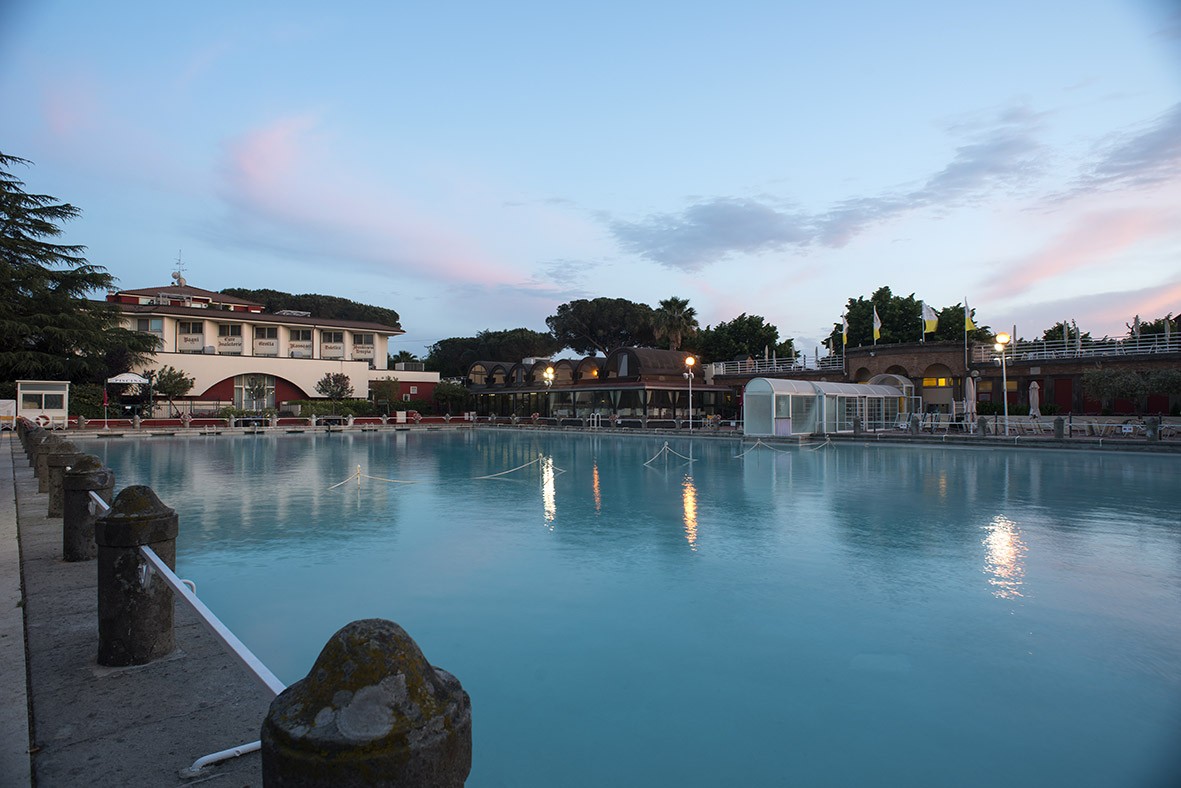
Viterbo: A Journey Through Time
Walking through Viterbo is like stepping through the pages of a history book. This remarkable Italian city in the Lazio region holds centuries of stories within its well-preserved medieval walls and ancient cobblestone streets.
From Etruscan Beginnings to Papal Retreat
I was amazed to discover that Viterbo’s roots stretch back to the Etruscans, long before Rome’s dominance. The city later fell under Roman rule, evidenced by archaeological remains I spotted throughout the old town.
After Rome’s fall, Viterbo grew in importance during the Middle Ages. The most fascinating chapter in its history began in the 13th century when it became a papal residence. I walked the same narrow streets once trod by popes seeking refuge from the political chaos of Rome.
The medieval quarter San Pellegrino captured my imagination with its perfectly preserved architecture. Wandering through these ancient passages, I felt transported back to a time when Viterbo was one of central Italy’s most important cities.
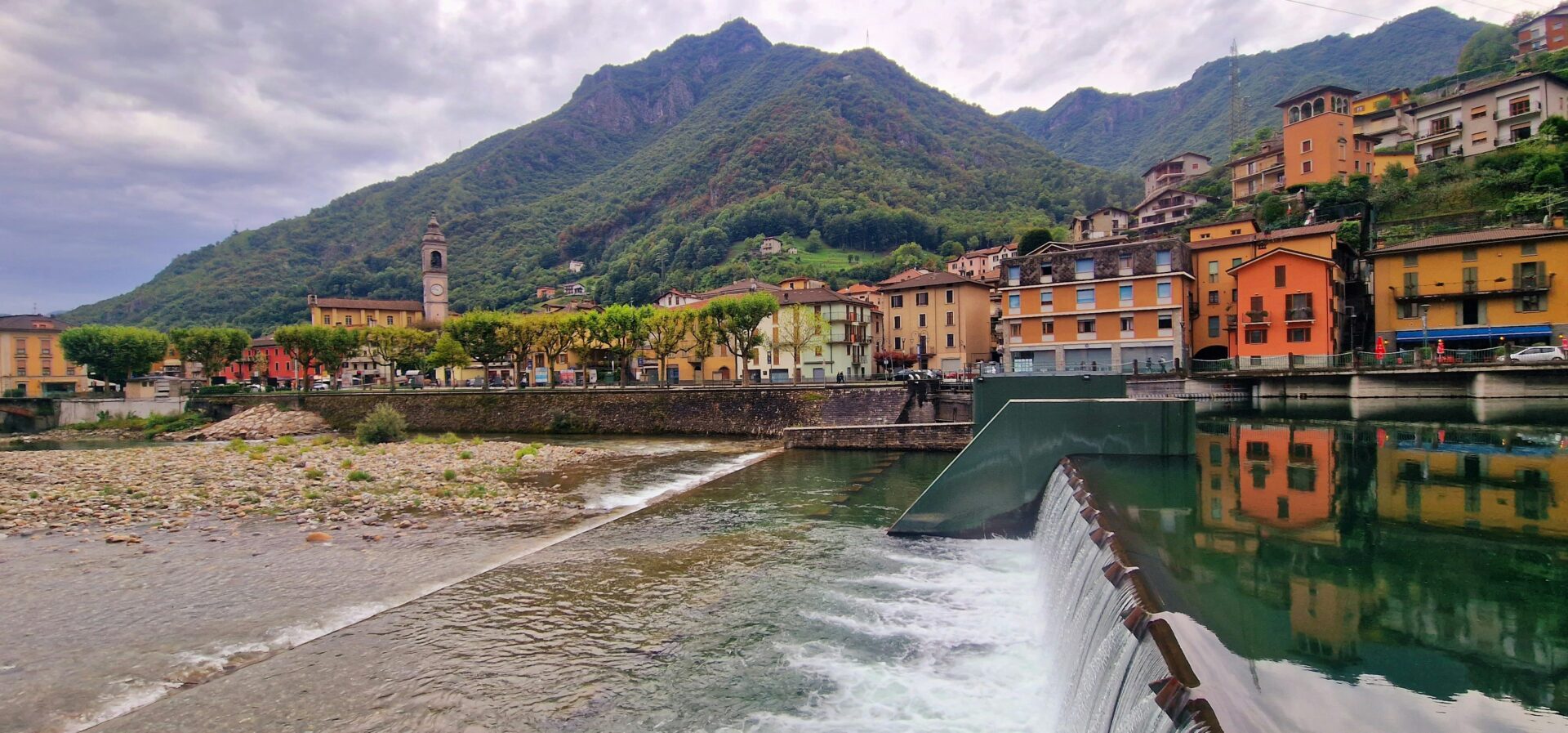
The Intersection of Sacred and Secular Power
The magnificent Palazzo dei Papi (Palace of the Popes) stands as Viterbo’s crown jewel. This Gothic-style palace, built in the 13th century, features an elegant loggia where I could almost picture papal ceremonies taking place centuries ago.
The palace served as both residence and political headquarters for popes seeking escape from Rome’s dangers. Inside, I marveled at the Conclave Hall where five popes were elected between 1261 and 1281.
This beautiful structure represents a unique intersection of sacred and secular power. Emperors and nobles once walked these halls, negotiating with church leaders who shaped Christendom’s future.
The palace’s stunning architecture reflects its dual purpose—imposing enough to represent papal authority yet comfortable enough to serve as a residence.
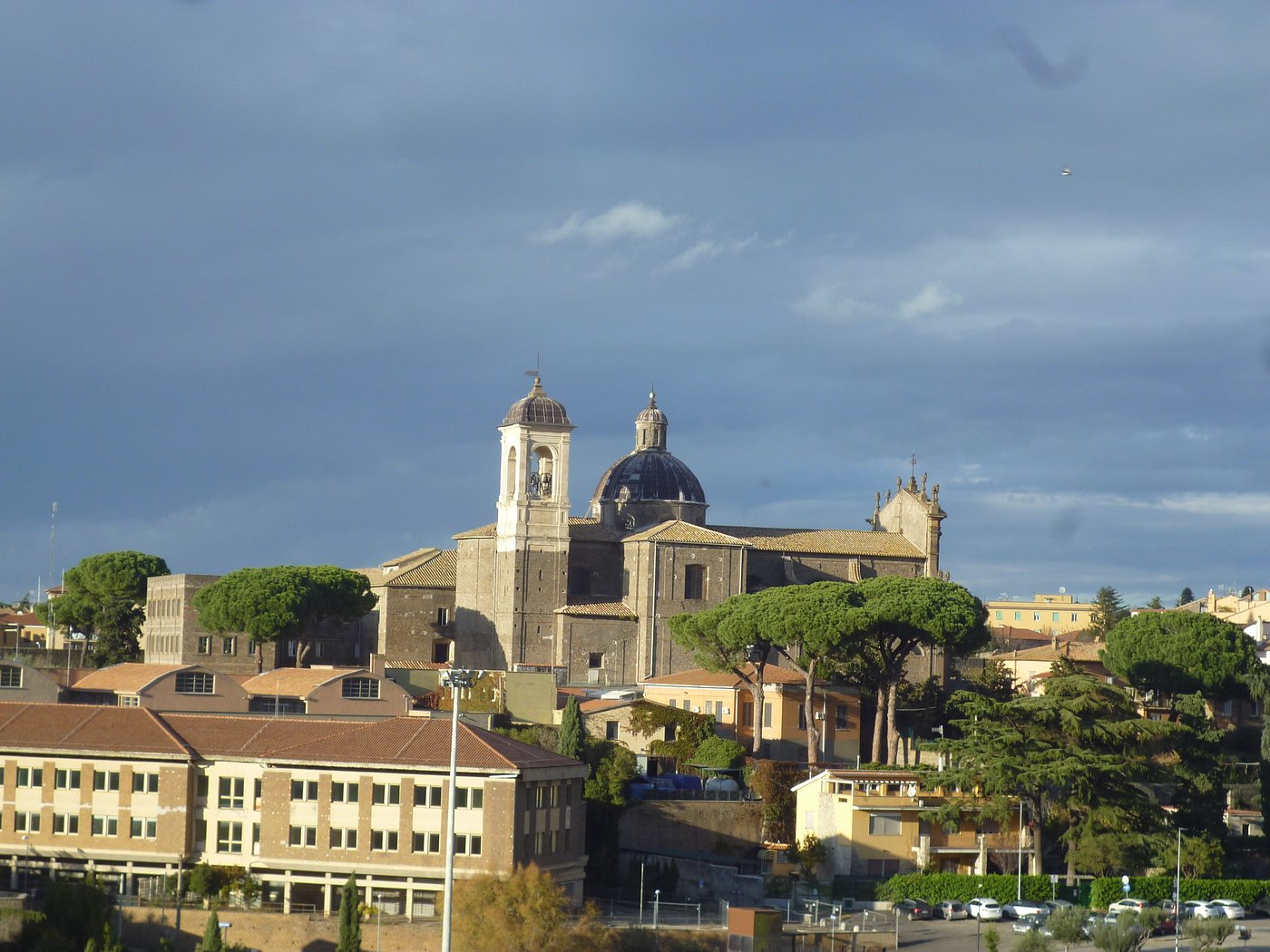
The Lure of Pilgrims and the Valor of Saints
Throughout its history, Viterbo has attracted pilgrims seeking spiritual renewal. I followed their ancient paths to sites like the Cathedral of San Lorenzo, which houses relics of local saints.
The city celebrates Santa Rosa, its beloved patron saint, with a spectacular September festival. Locals carry a towering illuminated structure through medieval streets—a tradition I was fortunate to witness during my visit.
Viterbo’s position on pilgrimage routes made it a natural stopping point for medieval travelers. The presence of healing hot springs (still enjoyed today) added to its appeal for weary pilgrims.
Walking these ancient streets, I felt connected to countless others who came before me. From ordinary pilgrims to powerful popes, all were drawn to this remarkable city that perfectly balances its rich past with vibrant present.
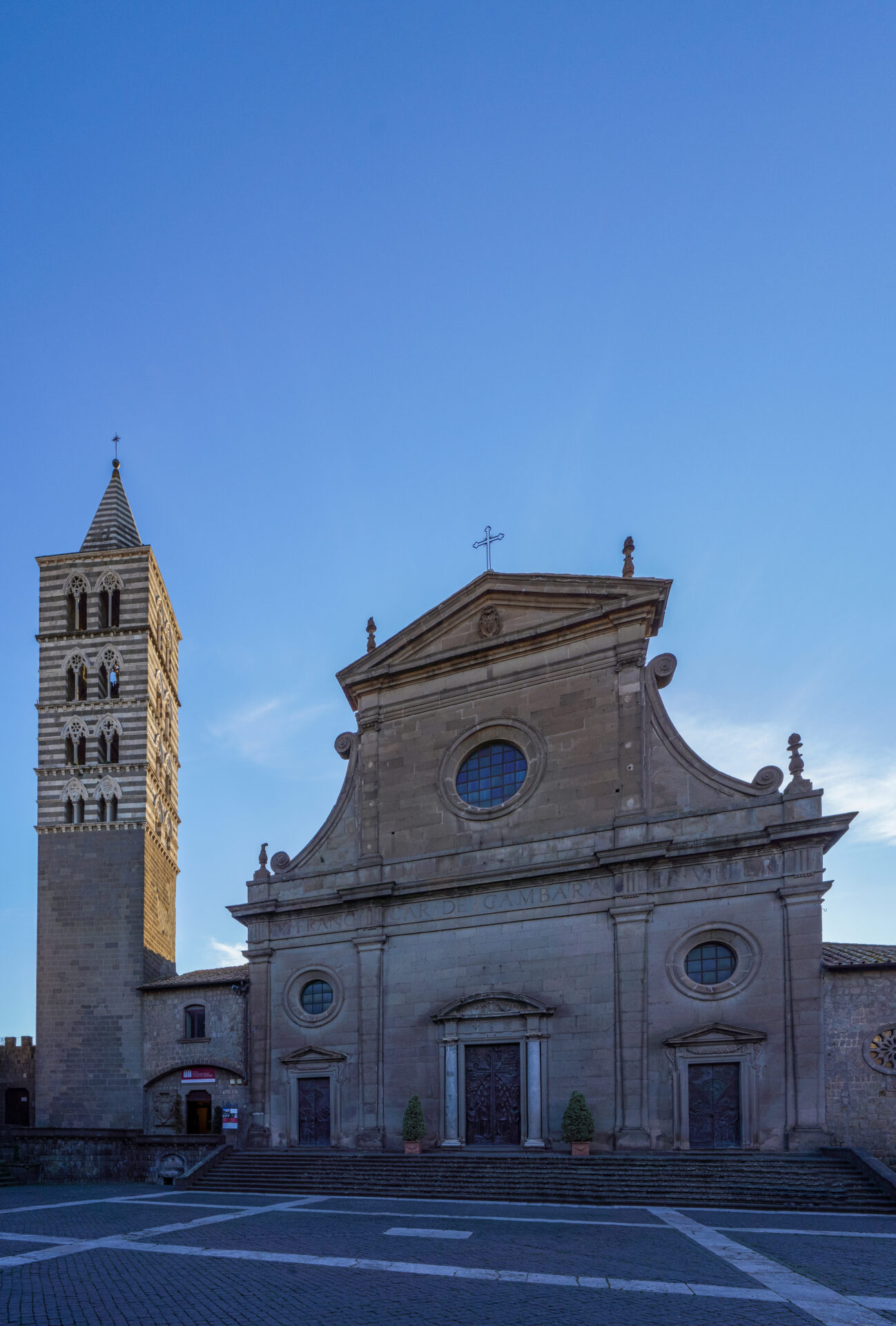
The Living Waters: Viterbo’s Thermal Springs
Viterbo’s identity is deeply connected to its healing waters, earning it the nickname “Thermal City.” These natural hot springs have drawn visitors seeking wellness and relaxation for centuries.
Ancient Baths and Healing Traditions
When I first visited Viterbo, I was amazed to learn that these thermal waters have been used since Etruscan times. The Romans later expanded these bathing traditions, creating elaborate facilities for both therapy and social gatherings.
The mineral-rich waters, naturally heated by volcanic activity, were believed to cure various ailments. Many medieval pilgrims would stop here on their journeys to Rome, seeking physical and spiritual renewal.
What surprised me most was how deeply the springs are woven into local identity. Locals proudly told me stories of historical figures who visited these baths, including popes who made Viterbo their temporary home.
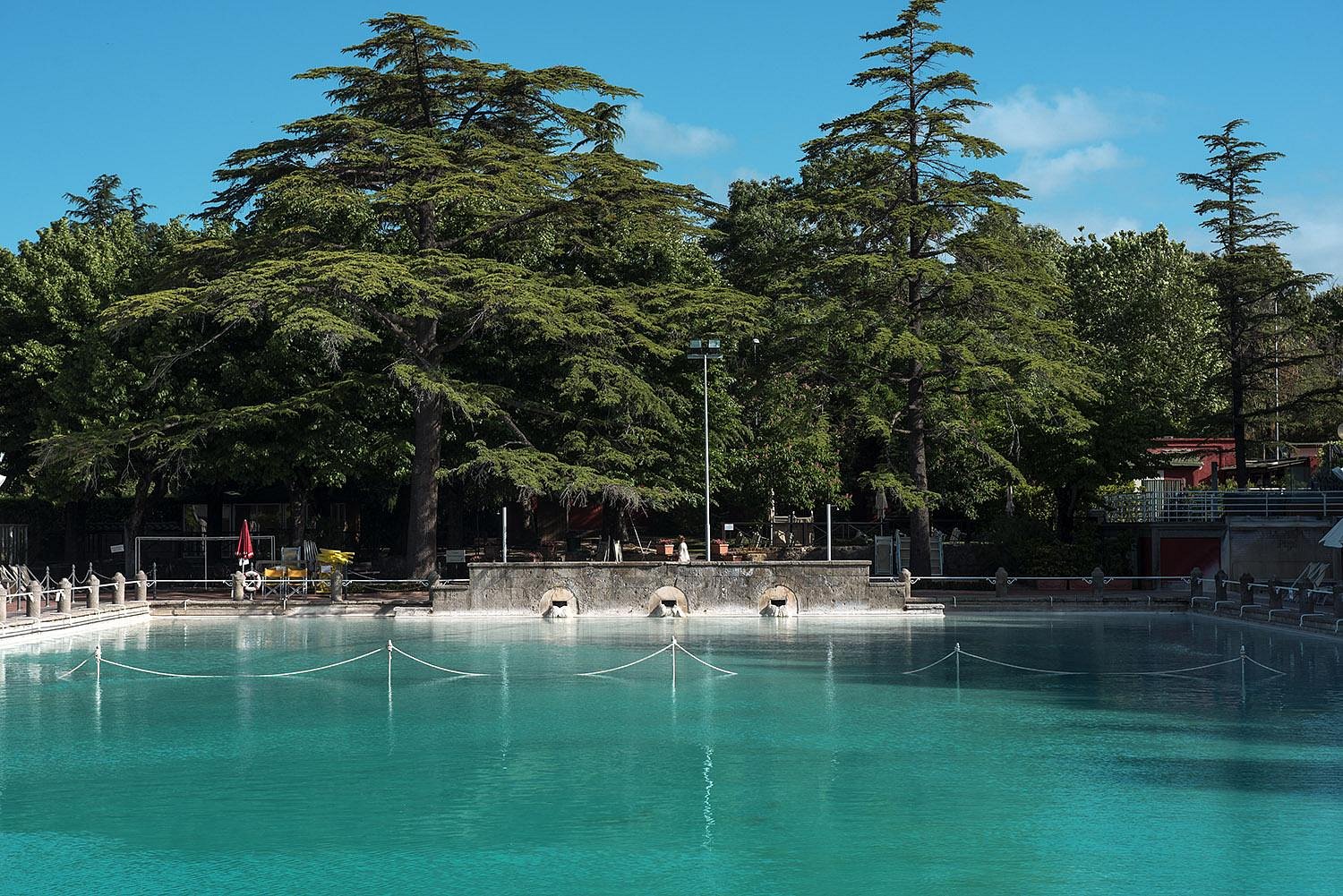
Embracing Nature’s Gift: The Springs Today
Today, Viterbo offers one of Italy’s largest thermal parks with options for every preference. I’ve found that visiting in winter creates a magical experience as steam rises from the hot waters into the cool air.
The free outdoor pools at Bullicame are my favorite spot. Here, you can soak in the same sulfurous waters mentioned by Dante in his Divine Comedy. The temperature hovers around 58°C (136°F) near the source!
For those seeking more comfort, several spas offer modern treatments alongside traditional thermal bathing. The landscape surrounding these springs creates a perfect setting for relaxation, with rolling hills and medieval architecture in the distance.
Many visitors combine their thermal experience with exploring Viterbo’s historic center, creating the perfect balance of wellness and culture.
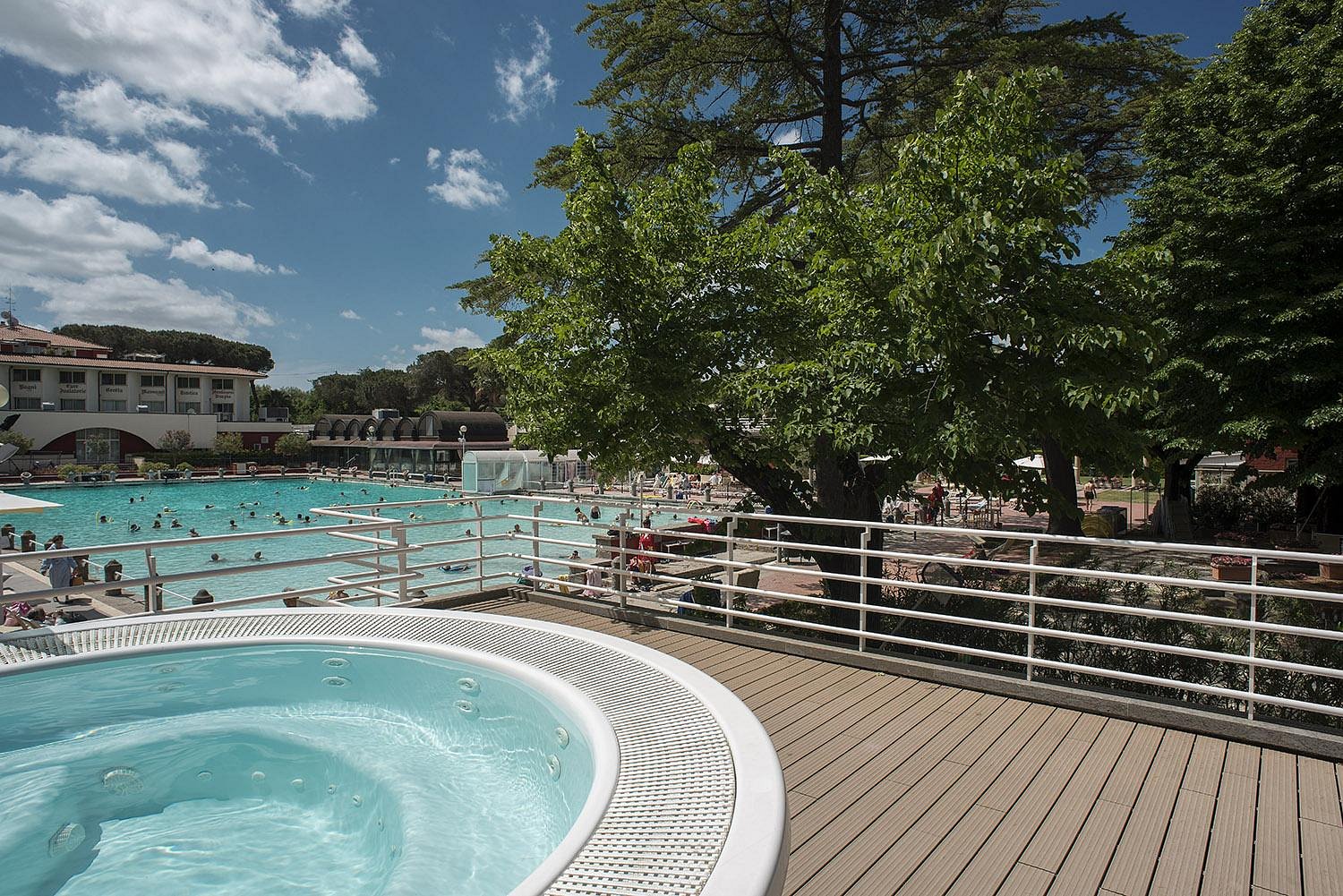
Papal Influence on the City’s Architecture
The papal presence in Viterbo transformed the city’s architectural landscape, leaving behind magnificent structures that blend Gothic and Romanesque styles. During its time as the papal seat from 1257 to 1281, Viterbo earned its nickname “City of Popes” as religious power shaped its urban development.
The Majesty of Papal Palaces: A Glimpse Inside
Walking through Viterbo, I’m always struck by the grandeur of the Palazzo dei Papi (Palace of the Popes). This Gothic masterpiece stands as the crown jewel of papal architecture in the city. The palace’s elegant marble facades and impressive loggia tell stories of power and divine authority.
Inside, I found rooms where seven different popes once lived and worked. The great hall with its high ceilings and stone arches creates an atmosphere of solemnity and importance.
What I love most is how the palace incorporates both luxury and functionality. Intricate carvings decorate doorways while strategic design elements helped popes conduct Church business effectively.
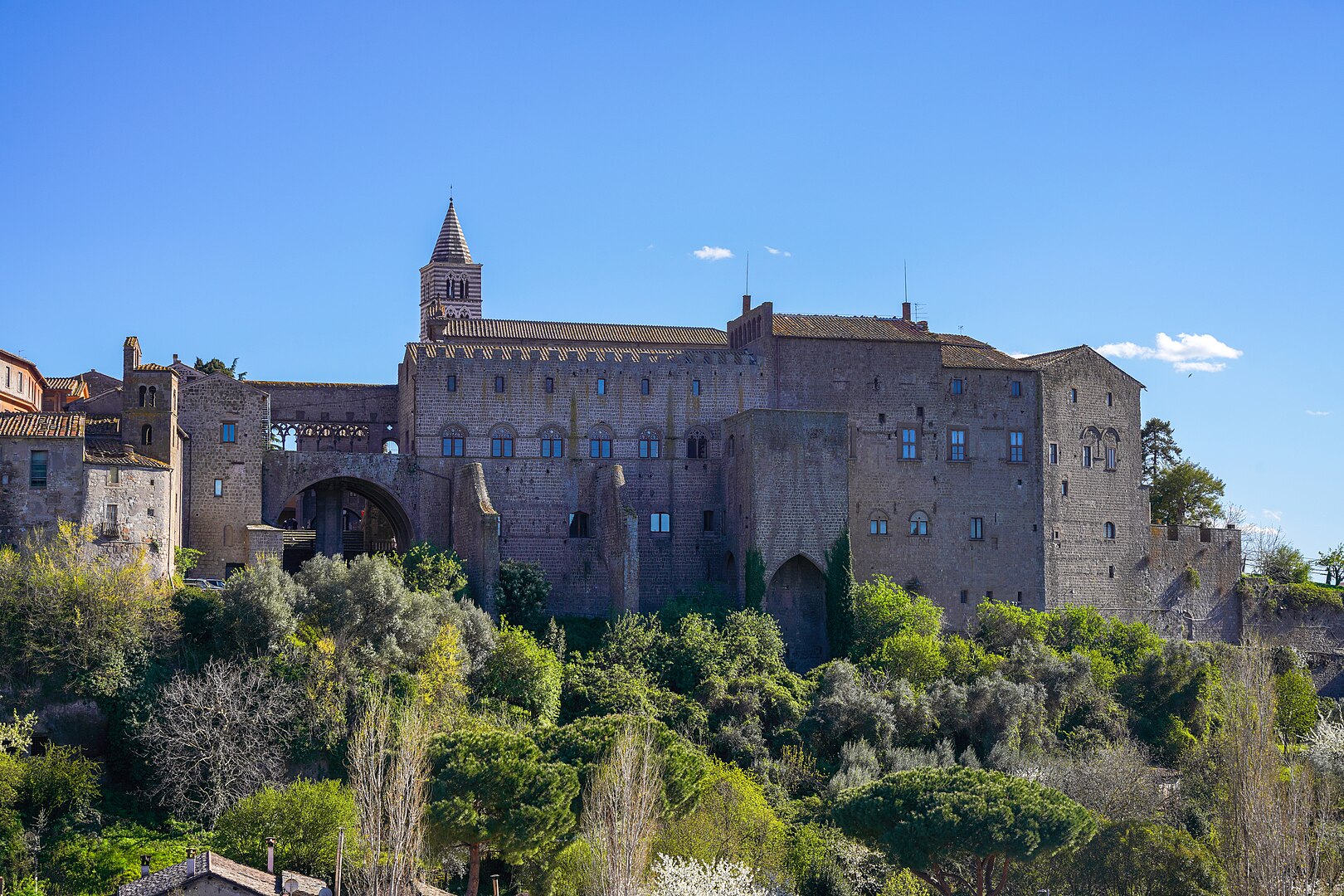
Viterbo and the Vatican: Unbreakable Bonds
I’ve noticed how the Catholic Church’s influence extends beyond just the Papal Palace. Throughout Viterbo, churches and monasteries display architectural elements that mirror Vatican styles.
The city hosted five papal elections, and these historical connections shaped building practices for centuries. Many structures feature:
- Gothic arches and flying buttresses
- Religious symbolism in stonework
- Elaborate bell towers
- Protected inner courtyards
Christianity’s influence appears in unexpected places too. Even non-religious buildings adopted church-inspired designs to show allegiance to papal authority.
Walking medieval streets, I can still feel these Vatican connections. The architecture creates a spiritual atmosphere that connects modern visitors to Viterbo’s papal past.
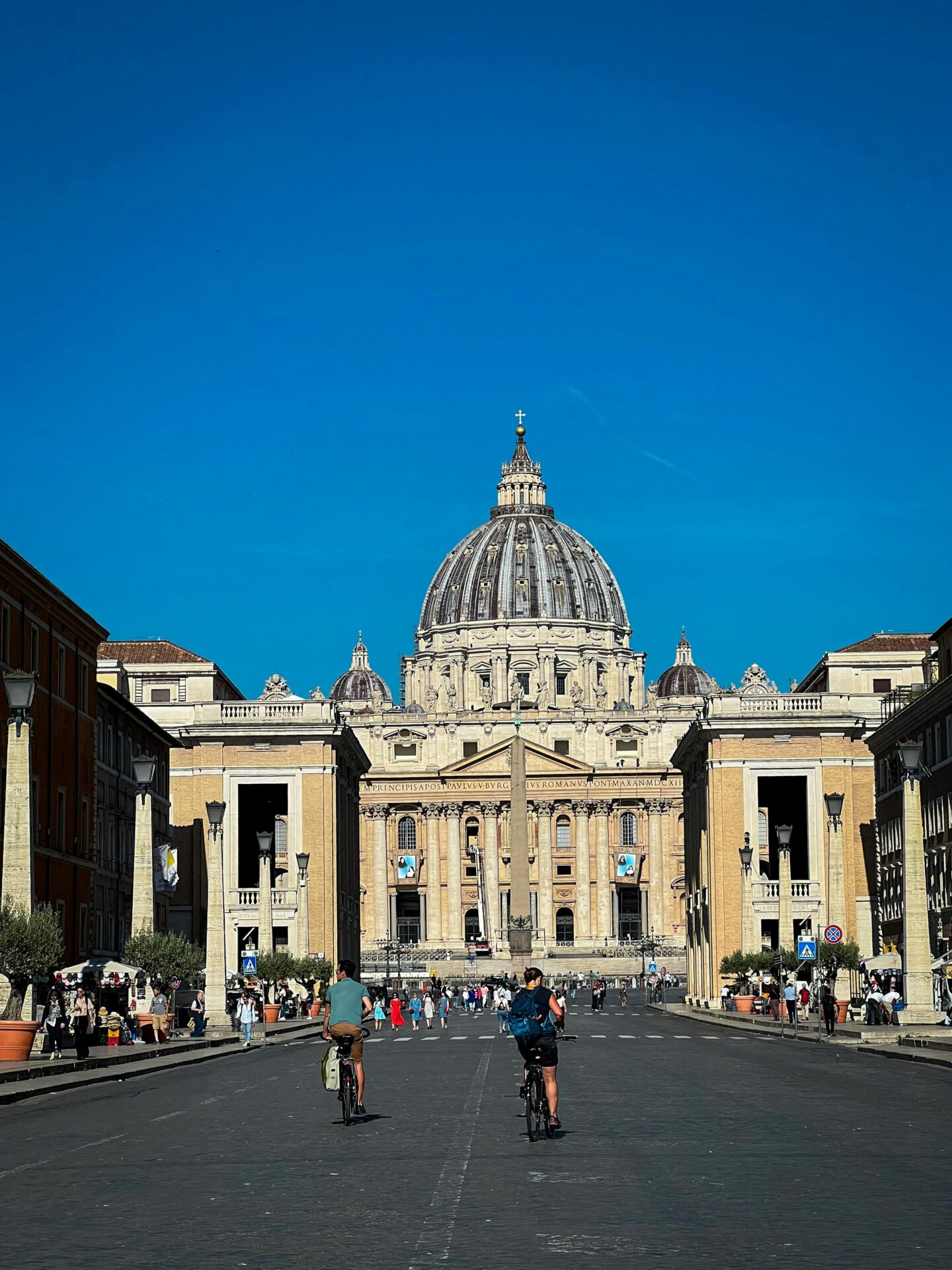
Religious Heritage and Ecclesiastical Treasures
Viterbo’s spiritual legacy runs deep through its cobblestone streets, with the city earning its nickname “City of Popes” during the 13th century when it served as the papal seat. The religious landmarks here tell stories of power, faith, and medieval politics.
Sanctified Grounds: Churches and Cathedrals
Walking through Viterbo, I’m always struck by the magnificent Palazzo dei Papi (Palace of the Popes), the crown jewel of the city’s religious heritage. This Gothic-style palace hosted the papal court between 1257 and 1281, when more than 40 popes made Viterbo their home.
The palace features a stunning loggia and the famous Conclave Hall, where the world’s first papal conclave was held. After Pope Clement IV died in 1268, cardinals were locked inside until they selected a new pope – a tradition that continues today!
Nearby stands the impressive San Lorenzo Cathedral, with its striking striped marble façade. Inside, I discovered ornate reliquaries housing sacred remains of local martyrs who died defending their faith.
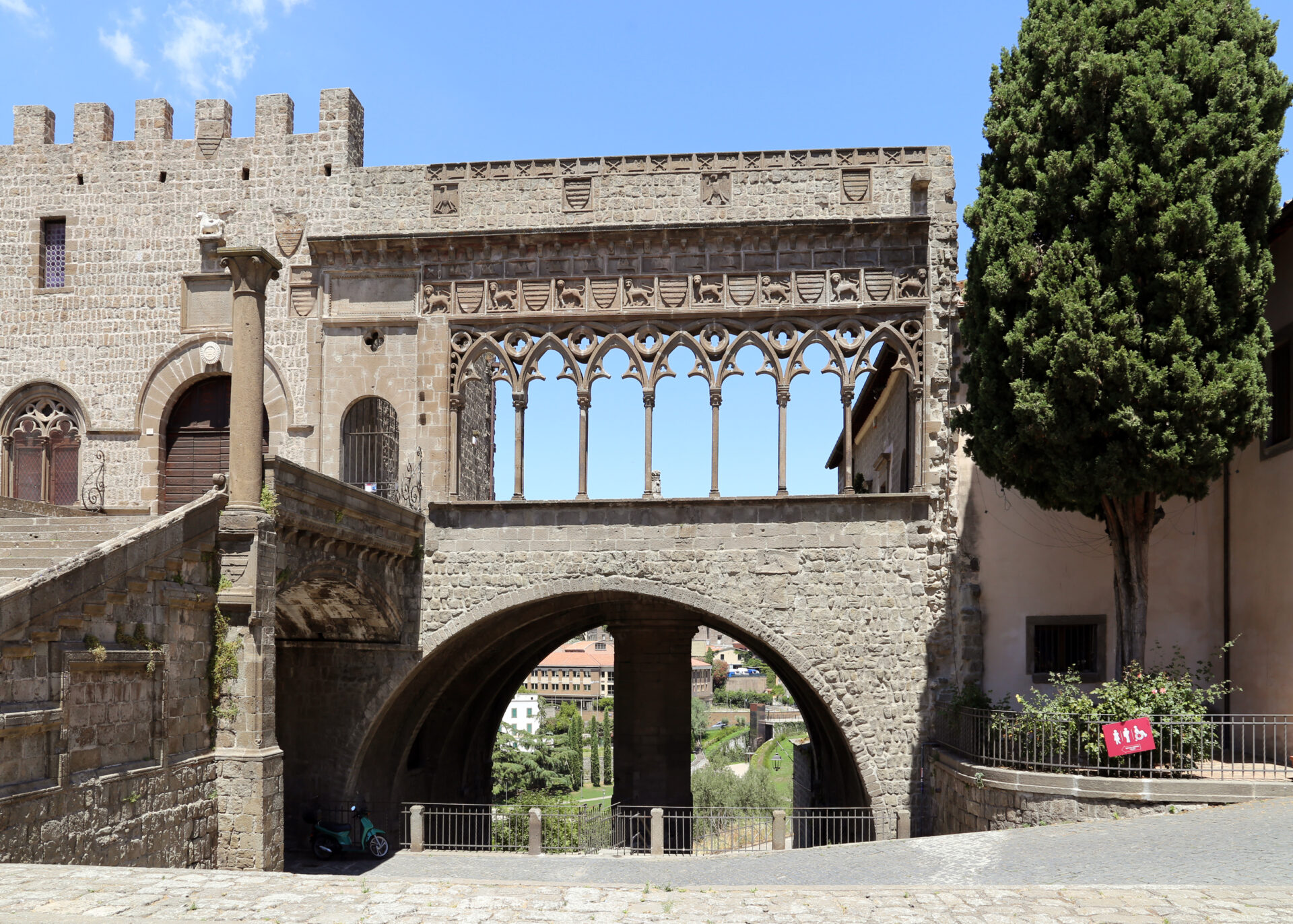
From Martyrs to Monarchs: Viterbo’s Spiritual Trail
My favorite spiritual journey in Viterbo follows the “Path of Faith” connecting sites associated with the city’s patron saint, Santa Rosa. Her incorrupt body is preserved in the sanctuary bearing her name, drawing pilgrims seeking miracles.
The relationship between church and state is perfectly illustrated here. Political power and religious authority were intertwined during Viterbo’s papal period, with cardinals and nobles competing for influence in these sacred spaces.
Don’t miss the Sanctuary of Santa Maria della Quercia, just outside the city walls. This Renaissance church houses a miraculous Madonna painting that allegedly protected locals from the plague. I was moved by the thousands of ex-voto offerings left by grateful worshippers over centuries.
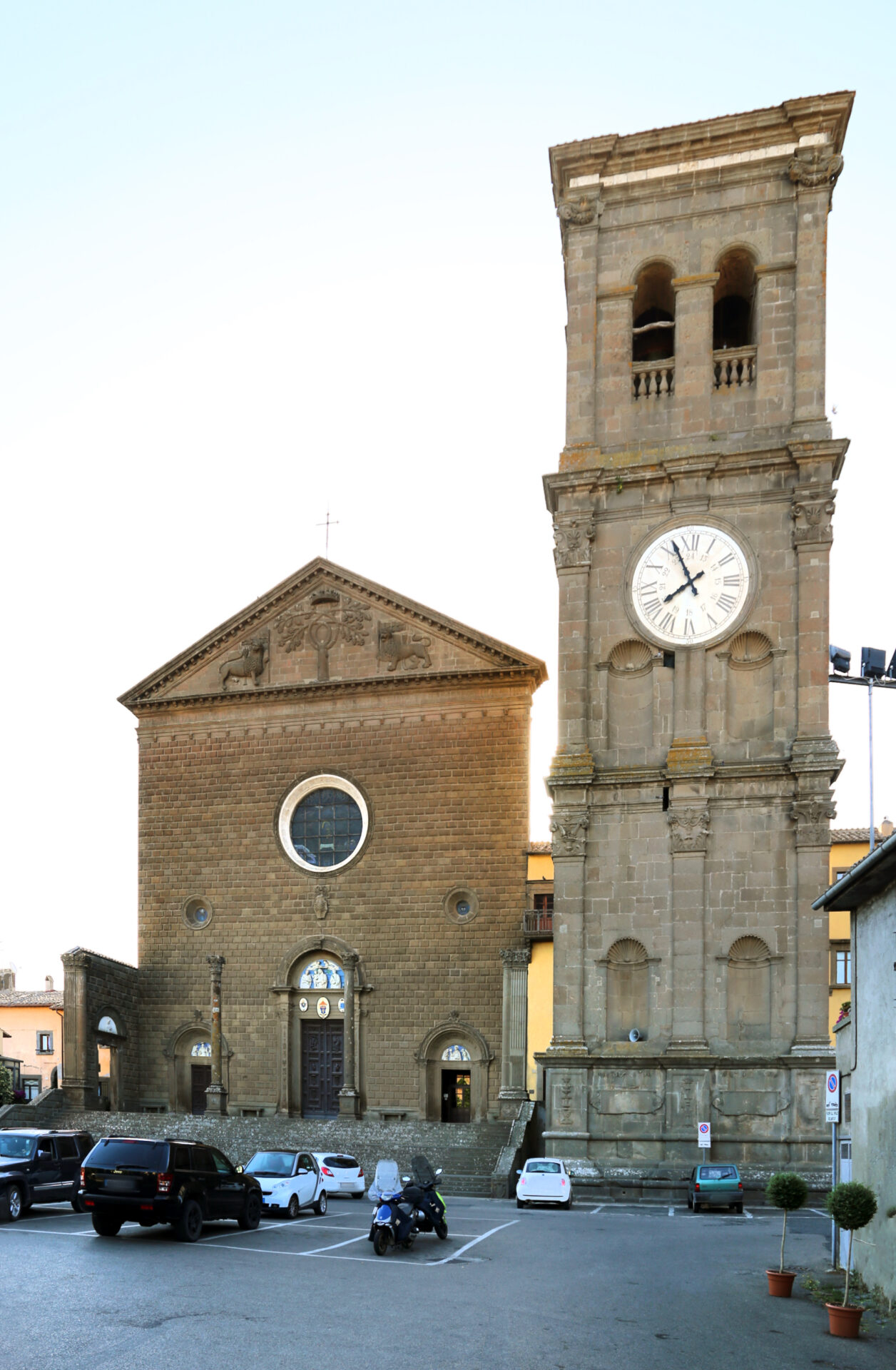
Cultural Tapestry: Viterbo’s Place in History and the Arts
Viterbo stands as a cultural crossroads where papal influence, literary traditions, and commercial routes converged to create a unique historical identity. The city’s rich tapestry reflects centuries of artistic and political significance that continues to define its character today.
A Canvas of Influence: Viterbo in Literature and Commerce
When I walk through Viterbo’s medieval streets, I’m tracing paths once filled with merchants from Milan and even Byzantine traders. The city served as a vital commercial hub connecting Rome with northern Italian centers and German trade routes.
Local artisans created distinctive pottery and textiles that became known throughout the Latin Church. These crafts tell stories of cultural exchange that shaped the region’s identity.
In literature, Viterbo appears in numerous medieval manuscripts and chronicles. I’ve found the city referenced in papal documents and travelers’ accounts that highlight its strategic importance. Local traditions inspired poets who celebrated the thermal waters and dramatic papal elections that took place here.
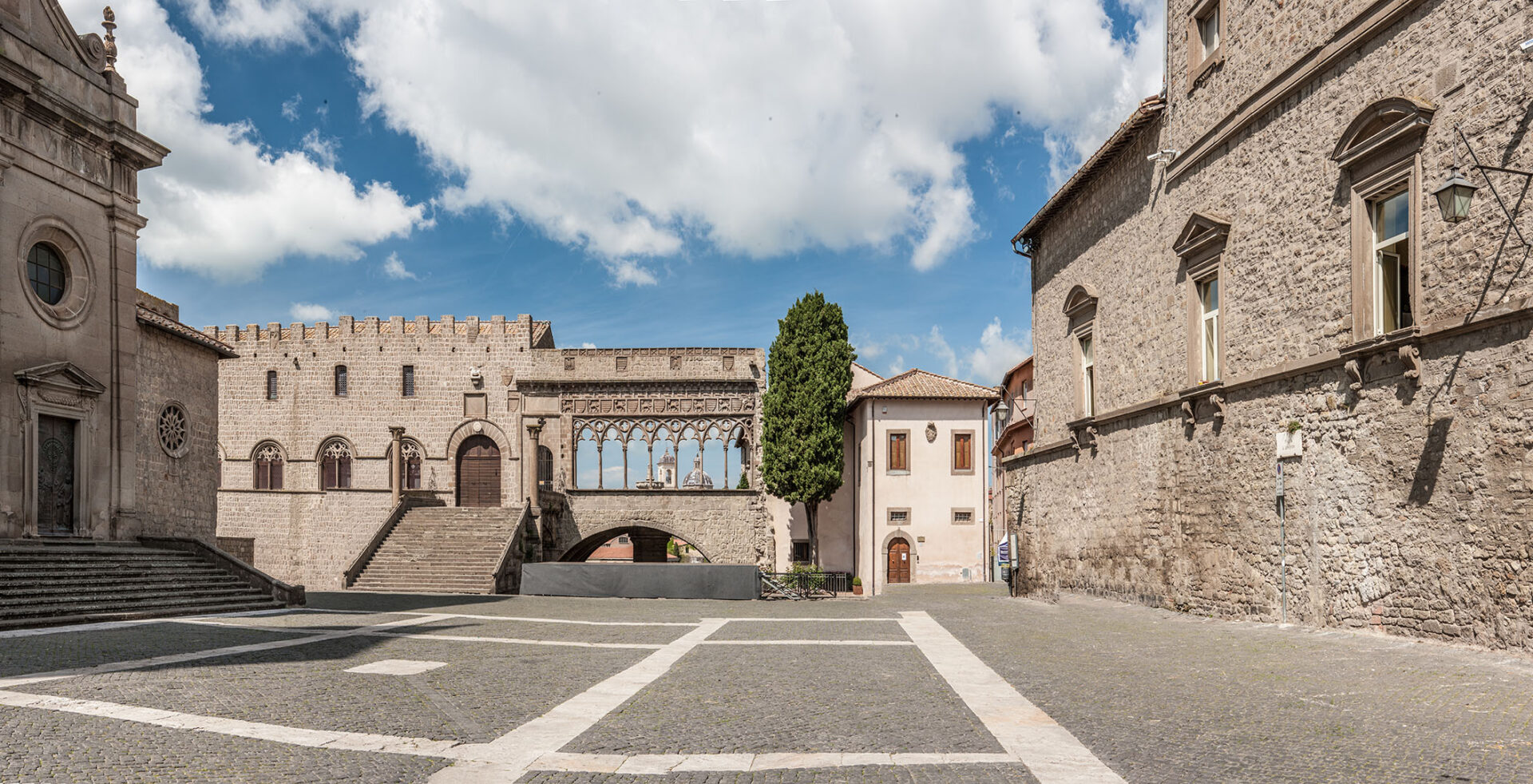
Historical Crossroads: Popes, Heroes, and Crusaders
Viterbo earned its nickname “City of Popes” honestly. Between 1257 and 1281, more than 40 popes and their courts called this city home.
The impressive Palazzo dei Papi stands as testimony to this golden era when Viterbo became the center of Christian power.
During my visits to the Gothic-style papal palace, I’m always struck by how history shaped these halls. Important crusade-related decisions were made here, as popes used Viterbo as a staging ground for organizing efforts toward the Holy Land.
Local heroes emerged during this period, defending the city’s interests against outside powers.
The struggle between papal authority and local governance created fascinating tensions that defined Viterbo’s political landscape for centuries.

